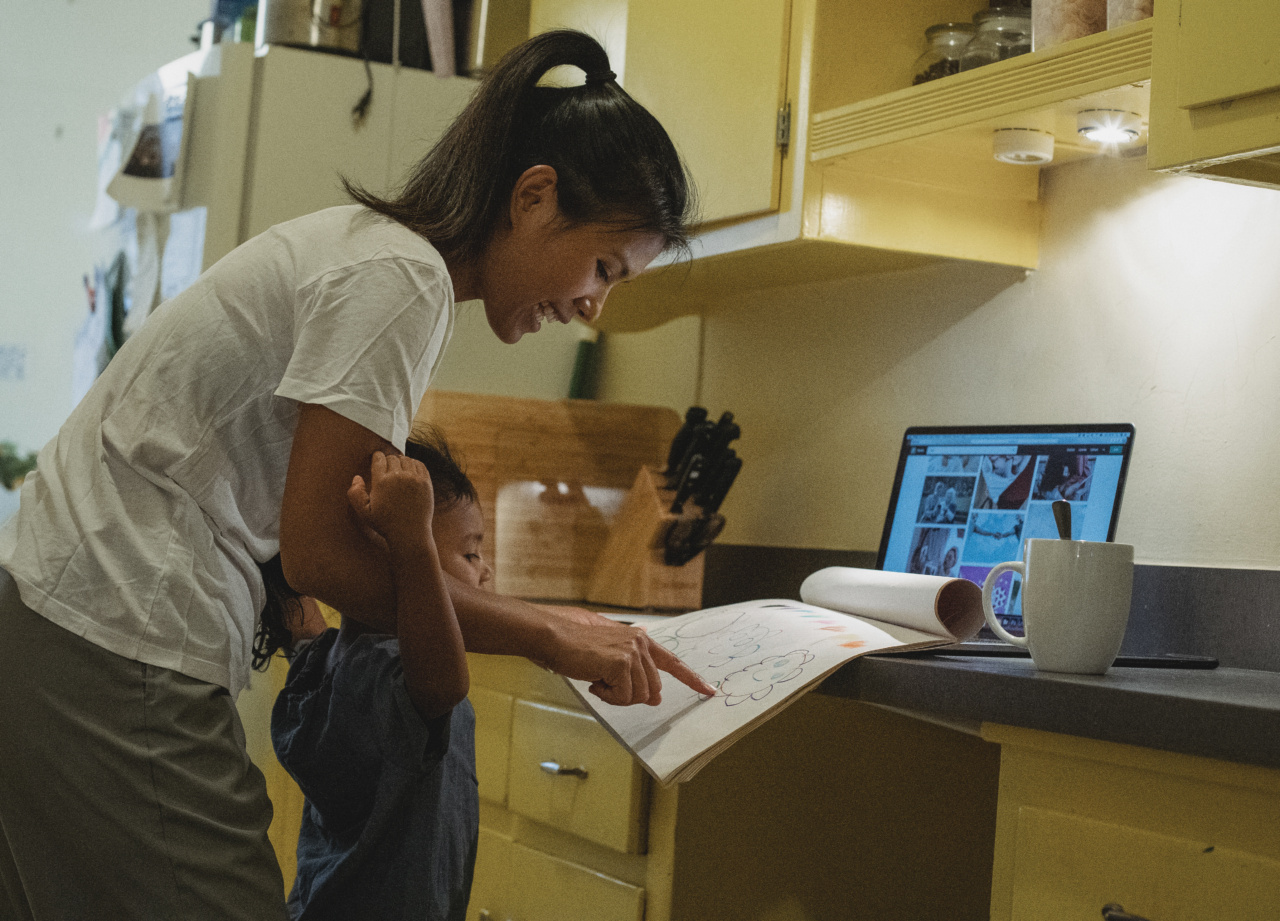Relationships play a vital role in our lives, shaping our experiences, and contributing to our overall sense of happiness and fulfillment.
Whether it’s with romantic partners, family, friends, or colleagues, forming meaningful connections is an art that requires effort, empathy, and understanding. In this article, we delve into the art of connection and how it leads to discovering happiness in relationships.
Understanding the Power of Connection
Connection goes beyond mere interaction; it involves genuine emotional and intellectual engagement. When we connect with others, we create a bond that allows us to share experiences, thoughts, and emotions.
Such connections have a profound impact on our well-being, as they provide a sense of belonging, support, and validation.
Research shows that strong social connections are an essential ingredient for happiness. People with meaningful relationships tend to experience higher levels of life satisfaction, better mental health, and increased resilience.
Therefore, fostering and nurturing connections should be a priority in our lives.
Overcoming Barriers to Connection
Despite the importance of connection, many individuals struggle to form and maintain meaningful bonds. Various barriers can hinder the development of strong connections, including:.
Fear of Vulnerability
Opening up and being vulnerable is crucial for building connections. However, the fear of rejection or judgment often prevents individuals from fully expressing themselves.
To overcome this barrier, it is important to cultivate self-acceptance and create a safe space for vulnerability in our relationships.
Communication Breakdown
Effective communication is fundamental for building strong connections. Misunderstandings, lack of active listening, and poor expression of emotions can lead to communication breakdown.
Learning and practicing healthy communication techniques can help bridge this gap and foster deeper connections.
Unrealistic Expectations
Unrealistic expectations can strain relationships and hinder genuine connection. It’s important to recognize that no one is perfect, and relationships require effort, compromise, and understanding.
Embracing imperfections and appreciating the growth that comes from shared experiences can deepen our connections and lead to greater happiness.
Building Meaningful Connections
Now that we understand the significance of connection and acknowledge the barriers that can impede it, let’s explore practical ways to build and nurture meaningful connections:.
Authenticity and Empathy
Authenticity is key to forming genuine connections. Be yourself and allow others to see the real you. Empathy also plays a crucial role; try to understand others’ perspectives, feelings, and experiences.
Through authenticity and empathy, we create a space for trust and genuine connection to flourish.
Active Listening
Active listening involves truly focusing on the speaker and understanding their message. Practice being present, maintaining eye contact, and providing verbal and non-verbal cues to show that you are engaged in the conversation.
Active listening demonstrates respect, validation, and a willingness to connect with others.
Shared Experiences and Quality Time
Shared experiences can bring people closer together. Engage in activities or hobbies that you both enjoy and create lasting memories together. Quality time is equally important; dedicate uninterrupted moments to be fully present with your loved ones.
This dedicated time allows for deeper connection and strengthens the bond between individuals.
Emotional Support and Vulnerability
Offering emotional support allows individuals to feel seen, heard, and understood. Be there for your loved ones during challenging times, offer a listening ear, and validate their emotions.
Simultaneously, be willing to be vulnerable yourself, as it creates the foundation for trust and deeper connections.
Resolving Conflict
No relationship is without conflicts. Learning healthy conflict resolution techniques is crucial for maintaining and strengthening connections. Approach conflicts with patience, empathy, and a willingness to find a mutually agreeable solution.
Resolving conflicts positively strengthens trust and shows commitment to the relationship.
Building a Supportive Network
Connections extend beyond one-on-one relationships. Surround yourself with a supportive network of friends, family, or communities. These connections provide a wider sense of belonging, diverse perspectives, and additional sources of happiness.
Continuing Growth and Effort
Building and maintaining connections requires continuous effort and growth. Be open to learning from and adapting to the needs of others.
Celebrate milestones together, invest time and energy in maintaining relationships, and appreciate the positive impact they have on your well-being.
Conclusion
The art of connection is a powerful tool in discovering happiness in relationships. By understanding its importance, overcoming barriers, and implementing practical strategies, we can build and nurture meaningful bonds.
Remember, connection requires authenticity, empathy, active listening, shared experiences, emotional support, conflict resolution, and continuous effort. Embrace the art of connection, and unlock the immense happiness that awaits in your relationships.






























